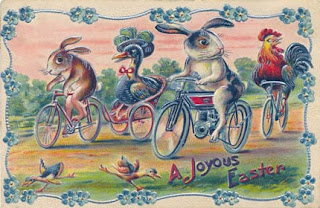Once, when I was a kid, someone gave me a T-shirt with the Coca-Cola emblem on it. I always liked Coke; I drink it (the Mexican version) on the rare occasions when I drink soda. So, I thought nothing of wearing that T-shirt until someone--an uncle, I think--told me I should be paid for wearing it. "It's advertising," he explained.
He was right. Still, I sometimes wear T-shirts or other items with the name of some product or business on it--as long as I don't have to pay for it. I try, though, to wear only those products and companies I actually know and like.
But I don't think I'll ever get a tattoo with a business trademark. For one thing, I don't think I'll ever get inked: It's just not my thing. For another, I wouldn't want to be marked more-or-less permanently with a business or product name. At least you can take off the T-shirt or hat or whatever if you don't want to be a billboard for Al's Garage or whatever.
No, I wouldn't get a "tat" even for this esteemed company:
as much as I've always liked their flowing-script logo (especially the one with the "globe" around it).
He was right. Still, I sometimes wear T-shirts or other items with the name of some product or business on it--as long as I don't have to pay for it. I try, though, to wear only those products and companies I actually know and like.
But I don't think I'll ever get a tattoo with a business trademark. For one thing, I don't think I'll ever get inked: It's just not my thing. For another, I wouldn't want to be marked more-or-less permanently with a business or product name. At least you can take off the T-shirt or hat or whatever if you don't want to be a billboard for Al's Garage or whatever.
No, I wouldn't get a "tat" even for this esteemed company:
 |
| From: Cycling Tattoo Gallery |
as much as I've always liked their flowing-script logo (especially the one with the "globe" around it).





















